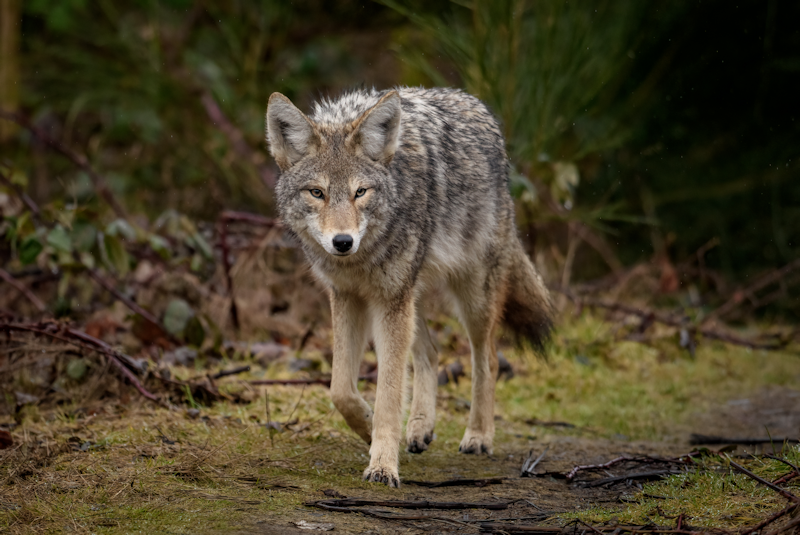In the quiet weave of Montgomery County’s daily bustle, an alarming incident unfurled on Thursday, March 28 —a rabid coyote attack that left two residents wounded. This violent encounter with wildlife jolts us into the reality of our shared spaces with nature’s untamed inhabitants. The significance of trapping and managing predators to safeguard both human and animal populations becomes starkly apparent in the wake of such events.
The Incident Unfolds
Near the serene locales of Patuxent and Lost Creek Drives in Ashton, and further down near Bell Road in Burtonsville, two women experienced the fright of their lives. Walking their dogs, they became the targets of an aggressive coyote, resulting in injuries that, while not life-threatening, were severe enough to necessitate medical attention. The assailant, a coyote, later found and neutralized by officials, tested positive for rabies—a fact that adds a chilling depth to the narrative.
A Serious Concern
The Montgomery County Office of Animal Services (OAS) promptly addressed the situation, emphasizing that such attacks are uncommon yet underscore the unpredictability of wildlife behavior, especially when illness or habituation to humans comes into play. The reminder to keep pets vaccinated against rabies, leashed, and supervised isn’t just advice; it’s a crucial directive for coexisting with nature.
Predator Control: A Balanced Approach
Considering these events, the dialogue on predator control takes a front seat. Trapping emerges as a critical tool in managing wildlife populations, ensuring the safety of both human and animal communities. It’s a nuanced balance—respecting the wild’s autonomy while protecting the tapestry of human life intricately woven into it.
The Broader Spectrum
This incident not only spotlights the immediate need for predator management strategies but also calls for a broader discussion on habitat encroachment and the importance of wildlife corridors that can reduce animal-human conflict. It’s a reminder of the delicate balance between development and nature preservation, urging us to consider how our actions ripple across the ecosystem.
Moving Forward
As Montgomery County recovers from this scare, the importance of awareness, preparedness, and proactive management in dealing with wildlife becomes evident. The story of a rabid coyote’s attack transcends the event itself, morphing into a narrative about how we interact with the natural world. It beckons us to foster a coexistence rooted in respect, understanding, and caution.
In essence, the coyote attack in Montgomery County is not just an isolated incident but a wake-up call. It emphasizes the critical role of trapping in predator control and management in maintaining the delicate balance between human settlements and wildlife habitats, ensuring the safety and harmony of our shared environments.

